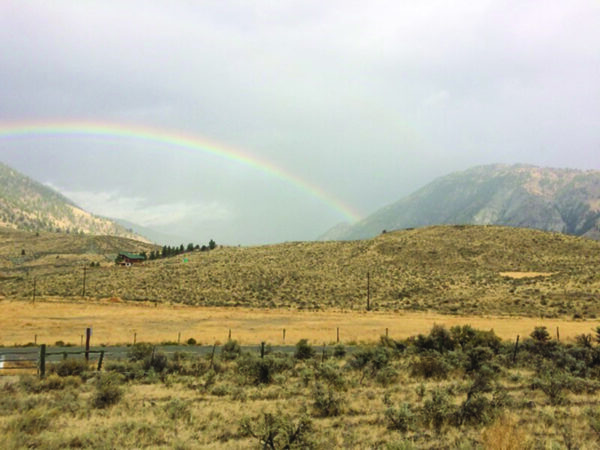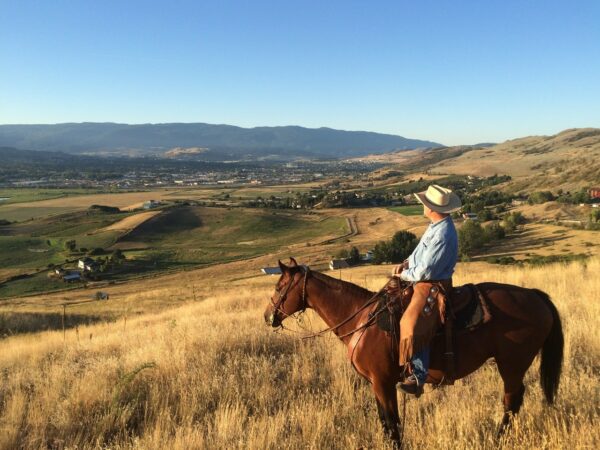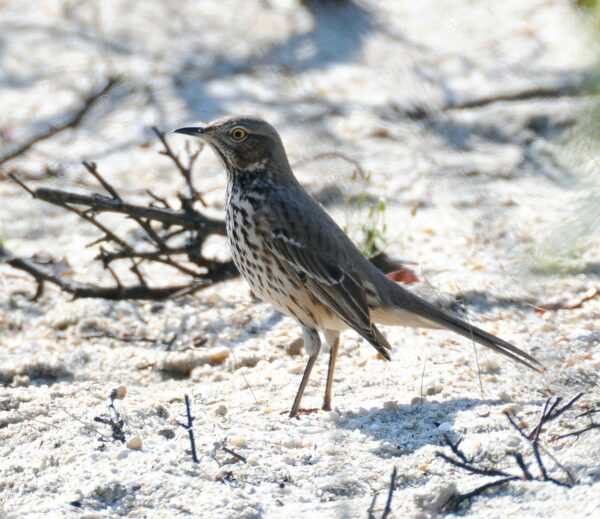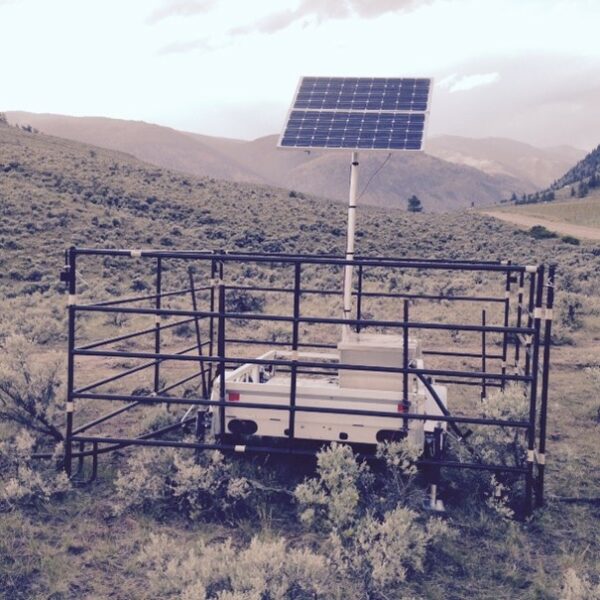By Rob Dinwoodie, BSC. Agriculture
At first glance, the Okanagan Valley of British Columbia looks like a replica of parts of California with its orchards and vineyards draping the valley between lakes that attract tourists from around the globe. Some of the more exotic and endangered species in North America are within this semi-arid climate because British Columbia is the most northern fringe of both climate and habitat for these species of concern.

It is hard to believe that this area was — and still is — a significant ranching area, with nutrient-rich bunchgrass and a temperate climate, making it attractive to the beef industry today.
Originally, livestock were driven up into B.C. from Oregon and California during the era of the Gold Rush. The area was well suited for producing livestock and has been an important area for beef production ever since.
The Okanagan and Similkameen valleys meet at Osoyoos in the south Okanagan. Because of the climate caused by the presence of lakes and mountains, unique plant communities have developed. Greasewood (Purshia tridentata) and Vassey’s sage (Artemisia tridentata sub sp. Vaseyii) with associated bluebunch wheatgrass (Pseudoroegneria spicata) Idaho fescue (Festuca idahoensis) provide habitat for many rare and endangered species of plants, animals and birds. The complexity of habitat needs for these species and the associated grazing of livestock within these areas has required B.C. Range staff and ranchers to develop strategies to both use the forage while protecting this important habitat.

In the Okanagan, there are over 140 blue-listed (of special concern because they have characteristics that make them particularly vulnerable to natural or human-caused disturbance) species at risk identified and over 30 red-listed (species at high risk of extinction) species. Most, if not all, have important habitat located in the valley’s grasslands, open forests, and riparian areas. Due to the development of these lands to residential and intensive agriculture, the habitat for these species is being impacted significantly.
It has been speculated that the fact that ranching occurs on the land base within these areas, that the habitat is protected from development. An example of this is the remaining riparian habitat along the Okanagan River on provincial lands. This relatively small area is important habitat for the Yellow Breasted Chat, a red-listed songbird that requires a rose thicket for both nesting and a good portion of its life cycle before migrating south.

Brewer’s Sparrow 
Lewis’s Woodpecker 
Sagebrush Thrasher 
Yellow Breasted Chat
Water is Key
How the ranchers and range managers have worked together to protect the habitat of these tiny birds is simple yet inspiring, and it’s all to do with water.
Livestock only graze these areas during the spring to reduce the browsing impact to the rose when the Chat is both nesting and rearing its young. Plus, to reduce the livestock movement into the ox-bows of the river where the rose thrives, stock tanks with solar pumps have been installed away from the vital area to provide an alternative water source for livestock. This greatly reduces the impact on the rose thickets. The impact? At last count, the number of breeding pairs of Chats has increased from a few pair to over 72 pair.
It’s All in the Timing
All ranchers know that livestock requires water to use range, which has developed into an important method to protect species habitat. A range area adjacent to the U.S. border is being managed for several species at risk; Brewers Sparrow, Sage Thrasher, and Lewis’s Woodpecker.
Habitat for these species is found in the older sagebrush and larger ponderosa pine trees within this site. Because livestock can impact the habitat by disturbing nesting sites during the spring of the year, a combination of timing of use and increasing distribution of livestock is being incorporated into the grazing of this important spring pasture.
Historically, one water trough was used to water stock on pastures. Today, a solar-powered pumping system pushes water upslope and across the pasture to reduce the concentration at a single trough. This use of water location has increased the distribution of livestock and reduced the concentration in important habitat used by sage nesting birds.
Pay Off for Ranchers
This combination of timing and water has resulted in the protection of these species and their habitat and increased the weight gain on livestock using this area.
This is just one example of the effective measures that ranchers use to ensure that livestock grazing continues in this part of British Columbia
















